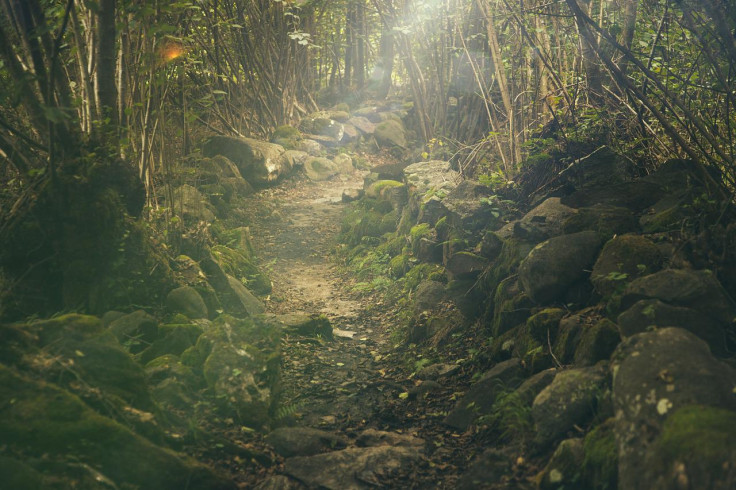Mission 'Asian Unicorn': Conservation Groups Teaming Up To Find This Elusive Species
KEY POINTS
- Efforts to find the Asian "unicorn" were delayed because of the pandemic
- The species has only been photographed five times, all by camera traps
- The new efforts focus on saving saola from extinction
Conservation groups are teaming up for a new project to find one of the rarest animals in the world. The saola is so elusive that it has been called the Asian "unicorn."
The saola was discovered in May 1992 in Vietnam, according to the World Wildlife Fund (WWF). At the time, it was considered the "first large mammal" to be spotted in over 50 years and "one of the most spectacular zoological discoveries of the 20th century."
A distinctive feature of saola is their two sharp horns, which both males and females have. These horns, however, are not the reason why they are called Asian unicorns. They got the nickname because of their evasive nature, the nonprofit Re:Wild noted in a news release Wednesday.
In fact, they are "so rare that no biologist has ever seen one in the wild." And they have only been photographed in the wild five times, all of which were through camera traps. The most recent one was in 2013.
Now, the European Union (EU), Re:Wild and WWF-Viet Nam are teaming up to search for "the world's last saola." The project was delayed for two years because of the pandemic.
"With funding from the EU through Re:wild, the USAID Biodiversity Conservation Activity and WWF-Viet Nam's efforts will focus on rapidly detecting the last remaining saola individuals through the use of local ecological knowledge and state-of-the-art technologies such as environmental-DNA and intensive camera trapping," said Nguyen Van Tri Tin of WWF-Viet Nam's wildlife program.
Is the Asian “unicorn” still out there? 🦄 Thanks to a new Rapid RESCUE project by @EU_Partnerships, Re:wild and @WWF_Vietnam, we'll be looking for the last Saola in Viet Nam, as a 1st step in building a conservation breeding program to prevent their extinction. 📷:Toon Fey, WWF pic.twitter.com/XrrXwQm15C
— Re:wild (@rewild) August 10, 2022
Under the International Union for Conservation of Nature's (IUCN) Red List of Threatened Species, the saola is listed as "Critically Endangered," with their "decreasing" and "severely fragmented" populations. Threats to the species include "unsustainable hunting" and commercial poaching. According to Saola Working Group, there has also been "insufficient conversation attention" on the species.
"Only recently discovered, saola are already extremely threatened," said Barney Long, WWF Asian species expert. "At a time when species extinction on the planet has accelerated, we can work together to snatch this one back from the edge of extinction."
"We have an amazing opportunity here to find and save the last saola in Viet Nam," Andrew Tilker, Re:Wild's Asian species officer, said in the news release. "And as we are searching for saola, we will also be looking for some of the other special and endangered species that are found only in the Annamite Mountains. We are working with local stakeholders to start conservation breeding programs for a number of these species with the aim of someday returning them to the wild when it is safe to do so."

© Copyright IBTimes 2024. All rights reserved.






















